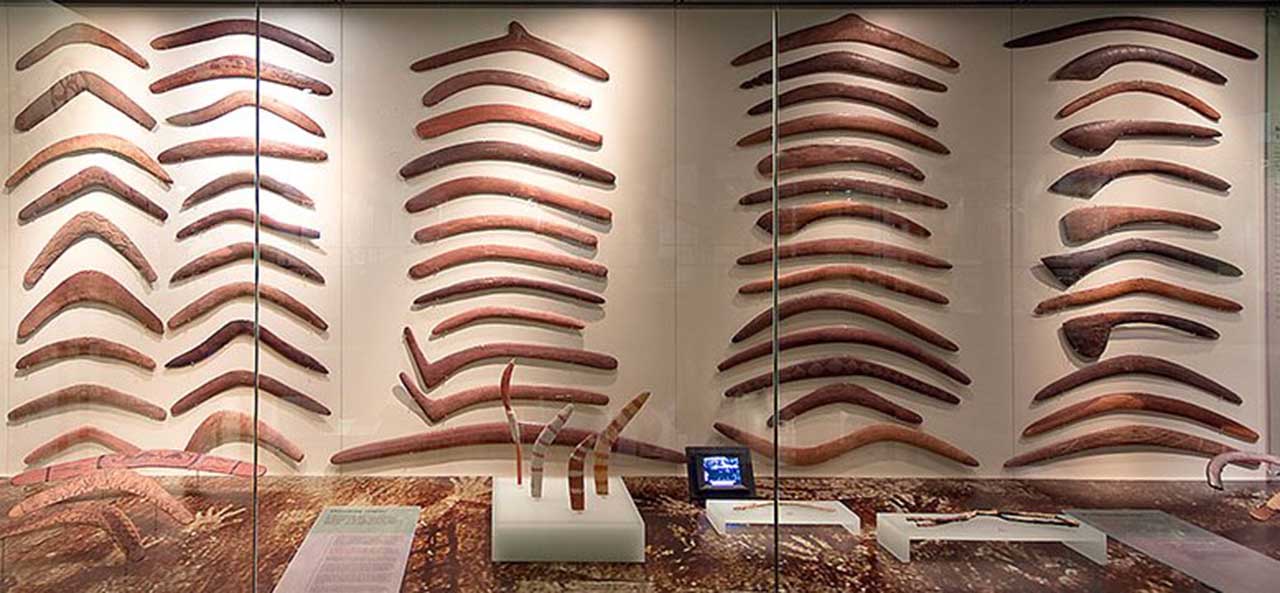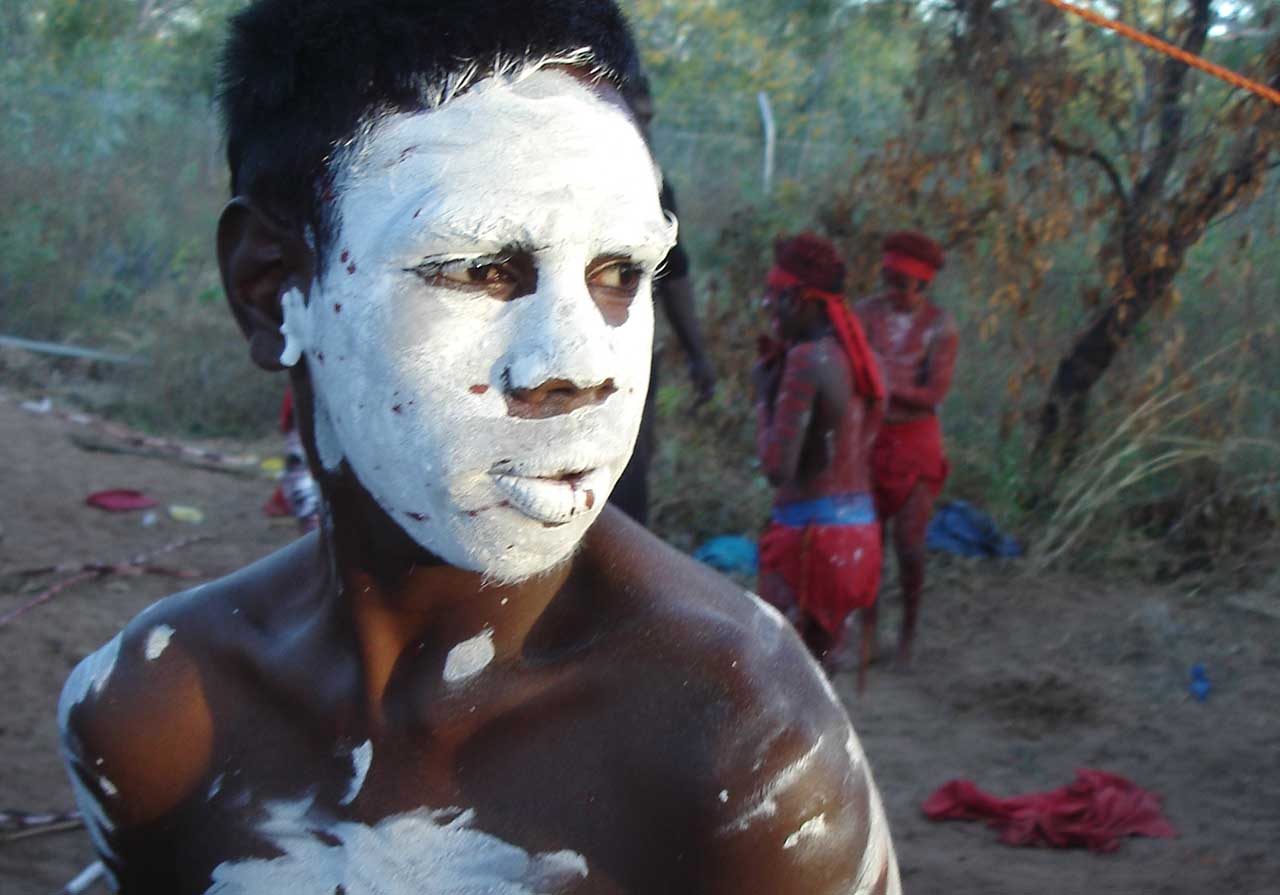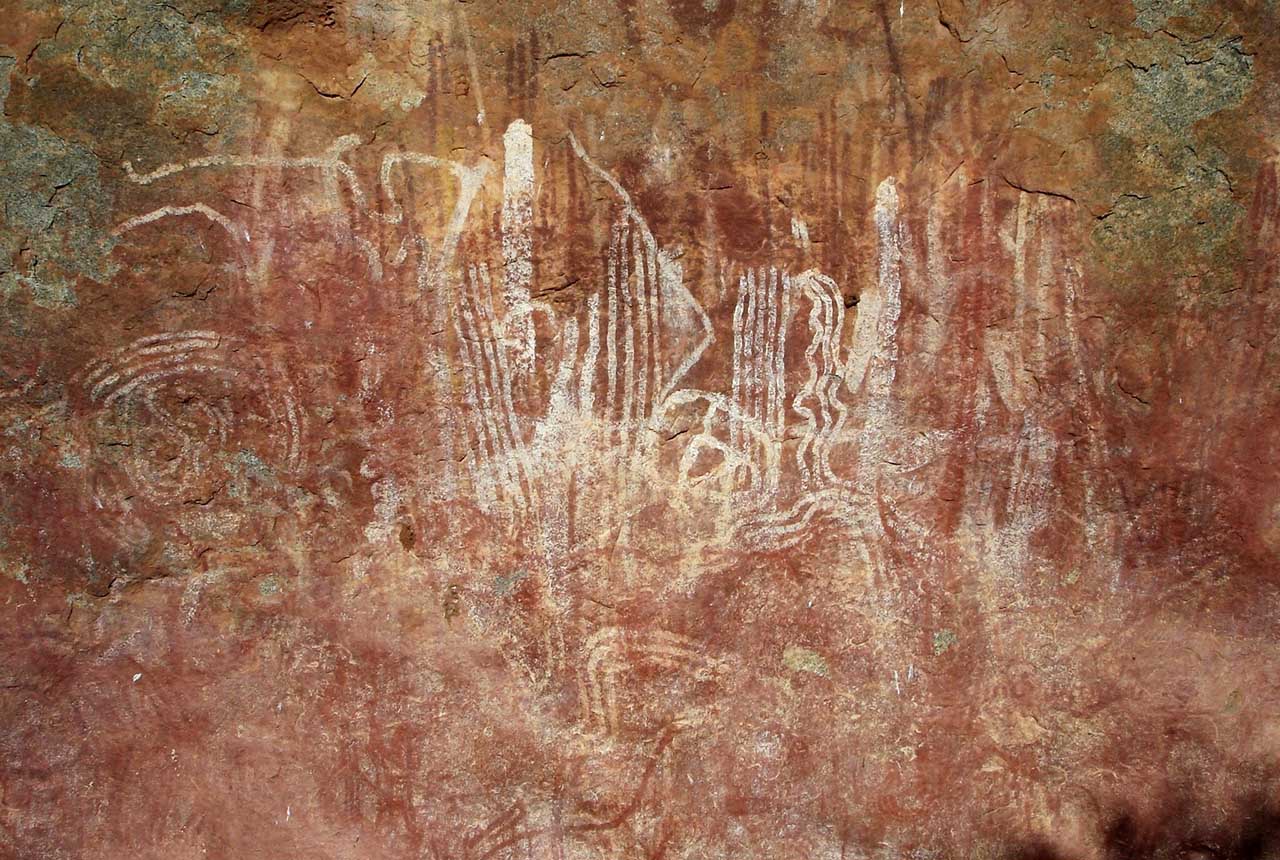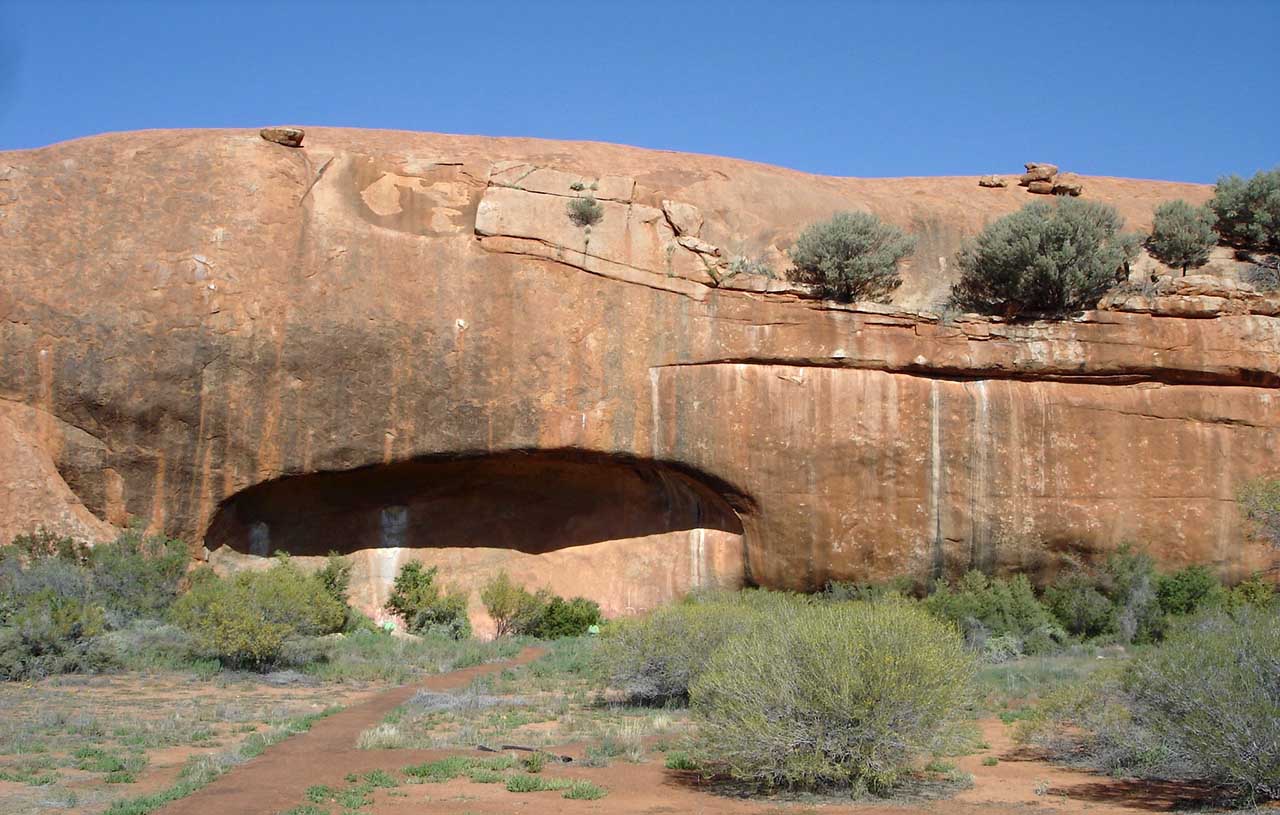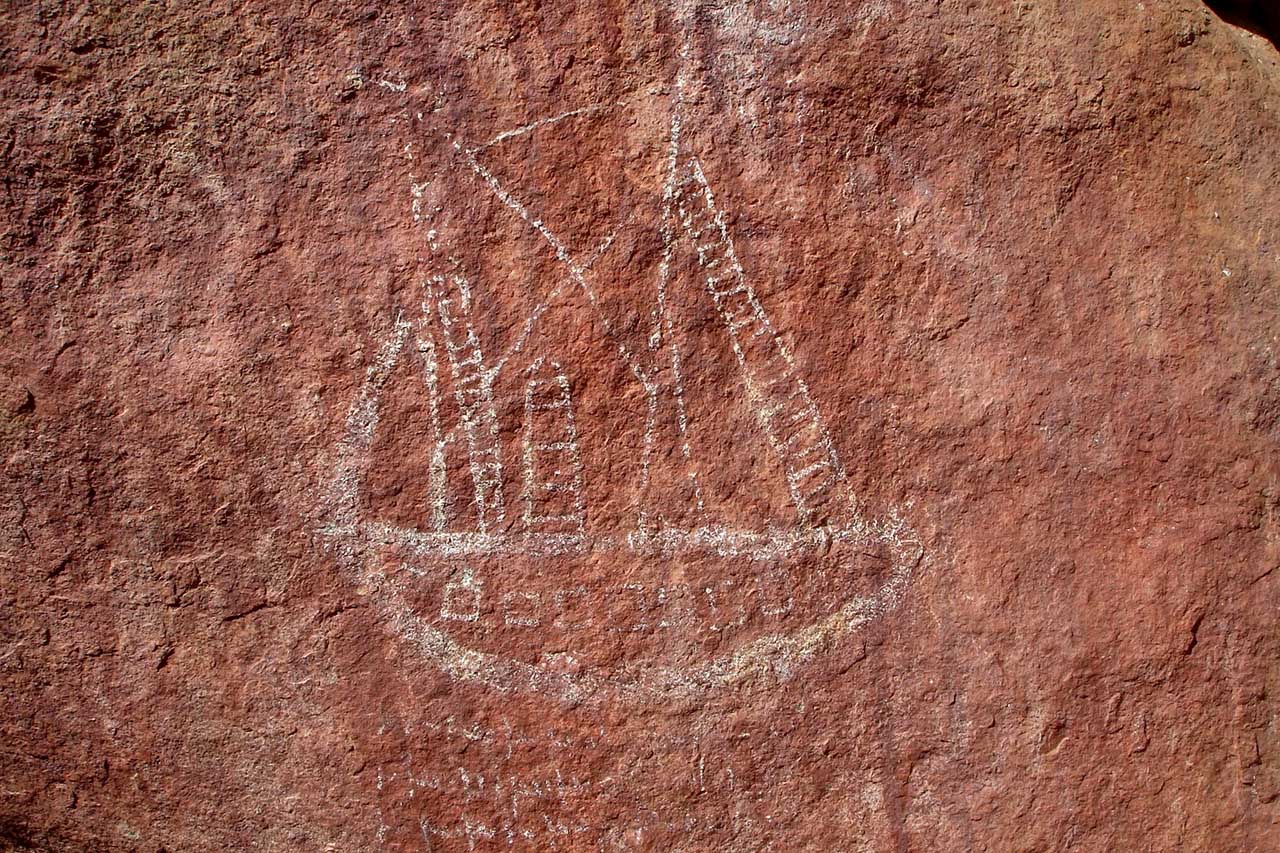Science Uses Ochre To Map Ancient Aboriginal Trading Routes
Scientists are looking at the organic makeup of ochre pigments to discover more about the trading routes used by traditional indigenous communities in Australia.
The South Australian Museum is using modern spectrometer technology to analyse the types of ochres found on old, possibly pre-contact artefacts. This helps them map the trade routes used by traditional Aboriginal cultures across Australia.
The museum has items that were made centuries ago by Aboriginal people and traded around the continent. Now they are using science to get some understanding of, or confirmation of, the trade routes and how those often very sacred items were moved across the Australian continent.
Maps of the trade routes look something like the song lines of Australia, where there’s a network of very powerful stories that move across the country, in a west to east direction, or north to south.
The ochre that was very sacred to Aboriginal ceremonies and Aboriginal culture, when it’s used on the artefacts leaves a particular kind of geological DNA. Scientists can analyse this information to work out where an object came from.
This work is reflecting what a complex society the Aboriginal world was, as it had evolved in pre-white settlement era in Australia.
Those powerful trading routes also reflect powerful cultural trading lines and maybe even powerful song lines. The song lines continue to be something that people are making a more determined effort to record in a physical way.
There is interest in mapping the song lines that Aboriginal people know well as they cross their own country. With today’s technology, research can now set up a very definite map, right down to GPS points that show just how song lines carry stories throughout the country.
It is good to see technology come to the support of culture and reinforce culture and even connect to the old items that have been in museums. At one level people may say museums have items that once belonged to, obviously, real people and real cultural groups. I can see tremendous value in being able to go back and almost reverse engineer the whole process of how an item got to a certain place in Australia. This helps record the history of what was happening at a time when records weren’t kept in any written form. It is another way of telling an important story.
The sources of ochre were extremely valuable to Aboriginal communities. There is a very old and revered Aboriginal ochre mine in Western Australia near the town of Cue, called Wilgie Mia.
The ochre that was mined there by Aboriginal people for thousands of years was seen as an extremely valuable and spiritual item. As well as having a rich source of dark red ochre from that area of the Murchison there are also ancient galleries of traditional rock art.
The art tells stories of local Indigenous people over a very long period of time. One painting is of a boat. It is an image of a three-masted ship. This image has somehow found its way over 450 kilometres inland in Western Australia. This image suggests that ideas were traded over time. This image painted on the rock is a long way from where the actual sighting was made. It isn’t known whether a single person carried that image of a boat deep into the outback or whether the image itself was traded across a number of people. People more or less carried it as an idea-gram or visual concept and traded it across the country until eventually it was painted in white ochre on the rock face not so far from the famous red ochre mine of Wilgie Mia.
Archaeologists think this painting is only about 150 years old and have suggested where the incident of the ship coming onto the shore happened. It’s not one of the 400-year-old stories of first European contact on the West Australian coast. It does however suggest that Aboriginal people traded material goods, like ochre and artefacts and valuable ceremonial items over vast distances. It also suggests they also traded ideas and visual images and these travelled way beyond the transit of one person.
Explore Aboriginal Art Exhibitions
Read More: Australian Aboriginal Ochre Art

